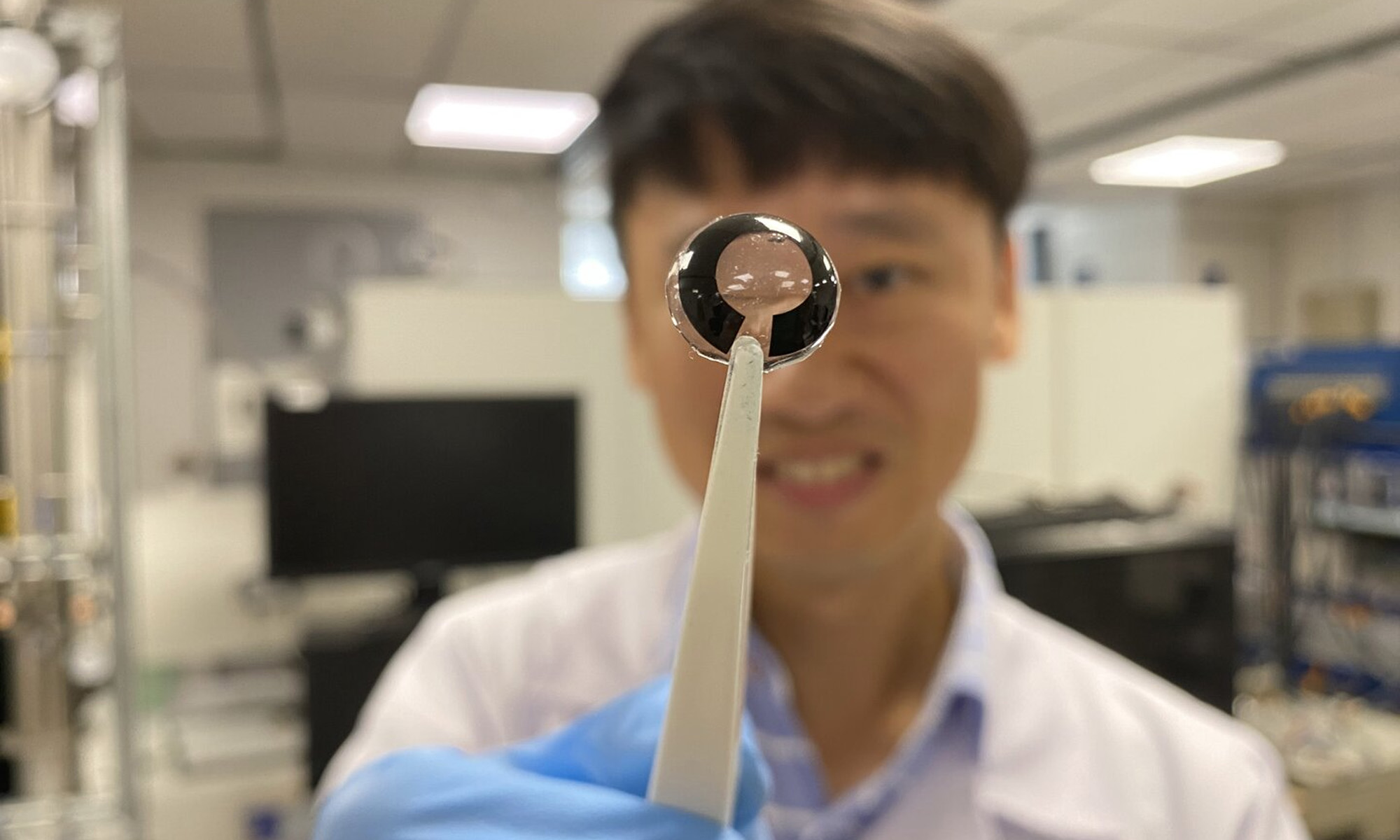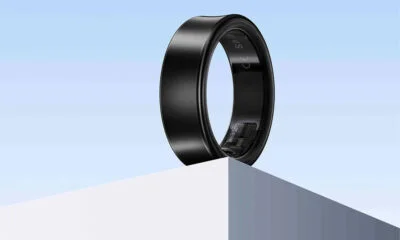News
Meet The Smart Contact Lenses Powered By Tears
Researchers in Singapore have revolutionized the humble contact lens with self-charging smart capabilities.

Contact lenses have been used to successfully correct vision for decades, but recently, they’re beginning to evolve into something much more interesting.
Researchers from the Nanyang Technological University (NTU) in Singapore have developed a tiny micrometer-thin battery that can power futuristic smart contact lenses that rely on the wearer’s tears for power.
Although smart contacts are nothing new, most attempts so far have relied on thin batteries with tiny induction coils and wires. Obviously, these metal parts aren’t ideal for a device that sits directly on the wearer’s eye, so an NTU School of Electrical and Electronic Engineering (EEE) research team led by Lee Seok Woo has been working on something better.
According to a press release, the NTU team’s battery uses biocompatible materials coated with a glucose-based layer. The coating reacts with the sodium and chloride ions present in the battery to generate electricity. Since both sodium and chloride ions are also found in tears, the smart lens battery can also be recharged while in use with no additional effort from the wearer.
Speaking about the research, Lee Seok Woo said, “This research began with a simple question: Could contact lens batteries be recharged with our tears? Previous techniques for lens batteries were imperfect, as one side of the battery electrode was charged, and the other was not. Our approach can charge both electrodes of a battery through a unique combination of enzymatic reaction and self-reduction reaction”.
Also Read: Social Media Addiction Is Greatly Impacting Arab Youth
According to the NTU team, the lenses should be good for a full day of use, and can also be placed in a special solution that keeps the battery charged. “By combining the battery and biofuel cell into a single component, the battery can charge itself without the need for additional space for wired or wireless components. Furthermore, the electrodes placed at the outer side of the smart contact lenses ensure that the eye’s vision cannot be obstructed”.
The NTU scientists are already working on boosting the amount of electricity the lens battery can deliver. Their research has been published in the journal Nano Energy, and they’re also in the process of partnering with contact lens producers to bring the technology to the market.
News
1,000 Drones Light The Dubai Sky For AC Milan Celebration
Cyberdrone’s groundbreaking display marked 125 years of AC Milan football club and the 1st-year anniversary of Casa Milan Dubai.

Cyberdrone, a leading UAV display company based in Dubai, put on a breathtaking drone light show on Monday to honor two significant football milestones: AC Milan’s 125th anniversary and the one-year anniversary of Casa Milan Dubai.
The spectacle involved 1,000 drones working in perfect harmony to project AC Milan’s iconic imagery against the city’s night sky. Highlights included the UAVs synchronizing to form the club’s iconic crest, the signature red and black jersey, and a special emblem marking its 125th year. The intricate performance demanded meticulous planning, not just in terms of choreography, but also in dealing with the necessary permits and logistics.

“Our goal was to spotlight AC Milan’s legacy through a stunning visual narrative,” explained Mohamed Munjed Abdulla, Director of Sales at Cyberdrone. “We celebrated the club’s history, its Dubai milestone, and the universal love for football. The show also enhanced AC Milan’s regional presence, growing its fanbase through a cutting-edge, memorable experience. Drone shows are unparalleled in leaving lasting impressions, making them perfect for driving partnerships and growth”.
Also Read: Joby Begins Construction Of Dubai’s First Vertiport For Air Taxis
Greta Nardeschi, AC Milan’s Regional Director for MENA, echoed the sentiment, adding: “Collaborating with Cyberdrone for this 1,000-drone performance allowed us to connect with our fans in innovative ways. It gave us a unique opportunity to surprise and inspire audiences while elevating our Club’s visibility and that of our partners. Cyberdrone truly helped us take AC Milan to new heights”.
This groundbreaking drone display sets a new benchmark for the Middle East’s sports sector, which already contributes around $2.4 billion annually to Dubai’s GDP alone. Sporting events also generate $1.76 billion in revenues across the region, while the MENA’s entertainment sector, valued at $41.13 billion, is growing at 9.41% annually, driven by rapid technological advancements.
-

 News2 weeks ago
News2 weeks agoGalaxy Ring 2 May Launch Early As Apple Prepares Competing Device
-

 News2 weeks ago
News2 weeks agoGoogle To Launch AI Hub In Saudi Arabia, Aiming For $71B GDP Boost
-

 News1 week ago
News1 week agoPopcorn AI Raises $500,000 For “Conversational eCommerce”
-

 News1 week ago
News1 week agoJoby Begins Construction Of Dubai’s First Vertiport For Air Taxis


















